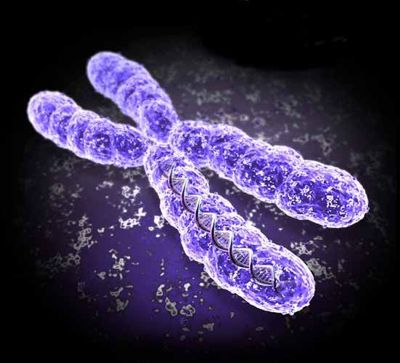Team:Missouri Miners/Data
From 2011.igem.org
(Difference between revisions)
Lordcheeto (Talk | contribs) |
|||
| Line 4: | Line 4: | ||
<div style="width: 740px; margin: 30px; padding: 10px; background-color: #000000; color: silver; font-size: medium"> | <div style="width: 740px; margin: 30px; padding: 10px; background-color: #000000; color: silver; font-size: medium"> | ||
<h1>Data</h1> | <h1>Data</h1> | ||
| + | |||
| + | |||
| + | |||
| + | <p /> Our part consists of an OMP-R binding region that regulates our reporter gene, eYFP. The OMP-R binding region is an omp-c operator, which has three OMP-R binding sites. Our part is regulated by the ENVZ-OMPR two-component regulatory system. ENVZ is a osmolarity sensor on the inner membrane and phosphorylates OMP-R in the presence of high osmolarity. When phosphorylated, OMP-R binds to the omp-c operator and recruits RNAP to transcribe the downstream reporter gene. Fluorescence intensity due to the production of eYFP is a measure of the system's activity. When all three binding sites are occupied by phosphorylated OMP-R proteins, RNAP cannot bind to the DNA and transcribe downstream. This part can be used as an osmolarity indicator. Our team used this part as a glucose sensor because the presence of glucose changes osmolarity. Different concentrations of glucose produce different, quantifiable fluorescence intensities. <p /> | ||
| + | |||
| + | |||
| + | This part has been sequence verified and works as expected. In the first graph you can see that the system fluoresces over background at 1% Glucose and then drops back to background at 5% Glucose. The increase at 1% is due to positive regulation of the ENVZ-OMPR system. 5% glucose is a high enough concentration to induce downregulation of the system. Too many OMP-R proteins become phosphorylated and bind the omp-c promoter. When all three binding sites are filled RNAP cannot transcribe downstream and fluorescence decreases. | ||
| + | |||
| + | [Image:Dose_response_1.jpg] | ||
| + | |||
| + | The graph below shows time trials of the system. These time trials were run in the presence 0%, 1%, and 8% glucose. We chose to do this so we could gather more comprehensive data. The first conclusion we can draw from this graph is that the response is fairly consistent over time (there is no peak in fluorescence associated with a specific time point). Also, for each time point between 0.5-4.5 hrs, the curve of the dose response remains consistent. This graph also shows that the assay is not accurate after 4.5 hours. The data beyond 4.5 hours becomes random and inconsistent. | ||
| + | |||
| + | |||
| + | |||
| + | |||
| + | [[Image:Time_Trials_1.jpg]] | ||
| + | |||
</div> | </div> | ||
</html> | </html> | ||
Revision as of 23:49, 28 September 2011
 "
"






